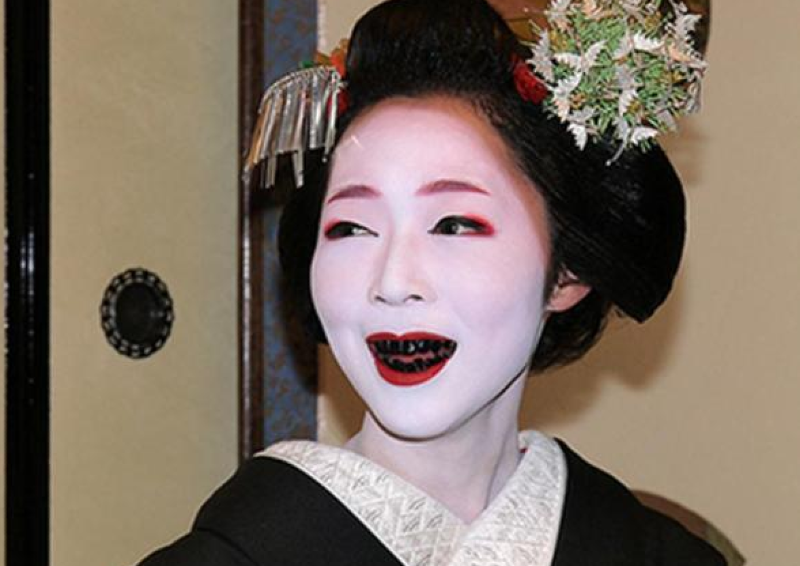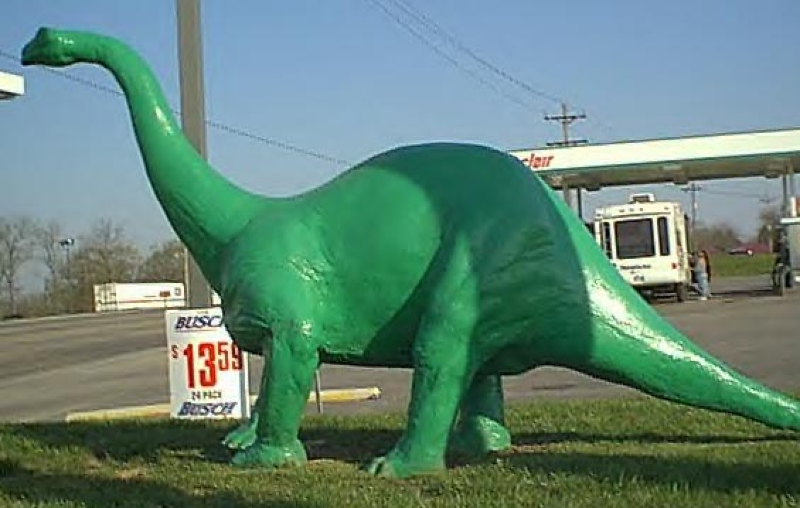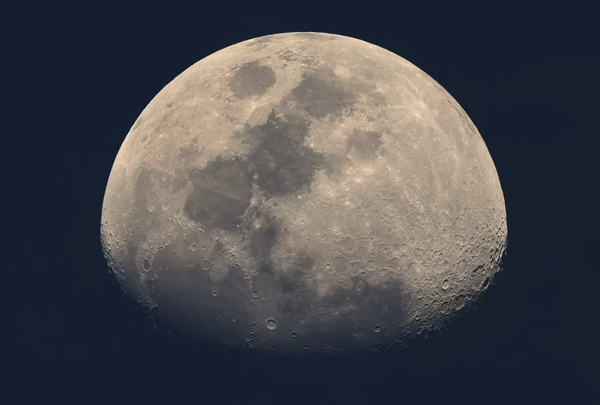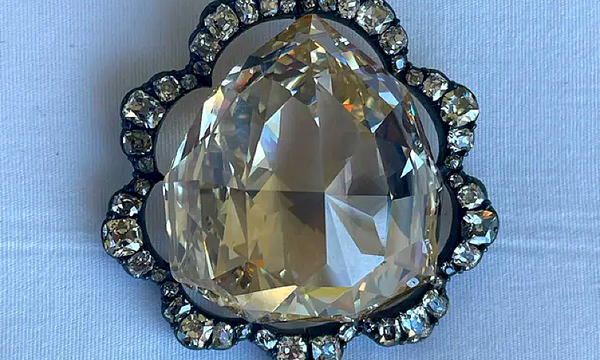He only survived a volcano eruption because he was in jail

It's 1902, in what was known as the “Paris of the Caribbean,” Saint-Pierre, Martinique. And on May 7th, Ludger Sylbaris gets arrested. He works by the docks and he’s a guy that likes to enjoy a drink or two. We don’t know what it is that he did wrong on that day. But we know Ludger was up to something. And the authorities decided to put him in this cell for the night. It’s a solitary cell in the side of a hill. Half of it is underground. There’s no windows. And really the only opening is this slit under the door. When the volcano explodes, black clouds cover the sky for 50 miles, and it starts spewing a deadly combination of superheated gas, ash, and rock that races at 400 miles an hour from the volcano. Everyone dies – 30,000 people. Except for Ludger. But he's trapped in a stone cell underground and everyone else is dead. (via Atlas Obscura)
Scientists believe the Easter Island statues may have walked to their final destinations

Easter Island is famous for its giant monumental statues, called moai, built some 800 years ago and typically mounted on platforms called ahu. Scholars have puzzled over the moai on Easter Island for decades, pondering their cultural significance, as well as how a Stone Age culture managed to carve and transport statues weighing as much as 92 tons. One hypothesis is that the statues were transported in a vertical position, with workers using ropes to essentially "walk" the moai onto their platforms. The oral traditions of the people of Rapa Nui certainly include references to the moai "walking" from the quarry to their platforms. A new paper published in the Journal of Archaeological Science offers fresh experimental evidence of "walking" moai, based on 3D modeling of the physics and new field tests. (via Ars Technica)
For hundreds of years it was the custom in Japan for women to dye their teeth black

Ohaguro is the name given in Japan to the custom of blackening one's teeth with a solution of iron filings and vinegar. It was especially popular between the 10th centur and the late 19th century, but the opening of the country to Western customs during the Meiji period led to its gradual disappearance. It was a tradition practiced mainly by married women and some men, almost always members of the aristocracy and samurai. The reasons for the invention of ohaguro are still unclear: the fact that teeth are the only visible part of the skeleton, which links them to death and makes them taboo; or the Japanese and other Far Eastern cultures holding a preference for concealing the public display of feelings with the combination of oshiroi (white makeup), the complete plucking of the eyebrows, and their repainting and the dyeing of teeth. It also prevented tooth decay by acting as a dental sealant. (via Wikipedia)
Hi everyone! Mathew Ingram here. I am able to continue writing this newsletter in part because of your financial help and support, which you can do either through my Patreon or by upgrading your subscription to a monthly contribution. I enjoy gathering all of these links and sharing them with you, but it does take time, and your support makes it possible for me to do that. I also write a weekly newsletter of technology analysis called The Torment Nexus.
The discovery of a rare quark was made by a former switchboard operator

In 1974, when researchers at Brookhaven were working to discover the charm quark, their detector was the bubble chamber. The chamber featured a large tank of liquid hydrogen that acted as a photographic emulsion that was both three-dimensional and reusable. When charged particles passed through this liquid they produced lines of tiny bubbles to mark their paths. The system could generate photos by the tens of thousands, and people had to go through all of them to look for interesting events. Graduate students often handled this tedious work, but at times they were in short supply. When that happened, the job often fell to local housewives who needed extra income. When the lab recorded its first evidence for the charm quark in May 1974, the data came from a former switchboard operator. It was on frame 6967 of roll 27. (via National Academies)
Someone stole a dinosaur named Clair but then they returned her with an apology

Residents of a Los Angeles neighborhood devastated by wildfires did not take it lightly when their community sustained a loss: Their beloved 50-pound green, fiberglass dinosaur had been stolen. Many stirred up a storm over the long-necked, make-believe herbivore named Clair after she was taken in the middle of the night from her perch outside a gas station in Brentwood. They called the local news, held a memorial in her name and posted footage on social media, where the outrage went viral. Clair was returned 10 days later, bundled up and carrying an apology. When the station became a Sinclair Oil franchise, Mr. Fawcett bought the dinosaur, which many Sinclair stations used to have as a mascot, and installed her next to his sign. Since then, his wife and others have taken turns dressing her up for holidays and other occasions. (via the New York Times)
Tom Cruise and Emily Blunt wore real 100-pound exoskeletons for the movie Edge of Tomorrow

Acknowledgements: I find a lot of these links myself, but I also get some from other newsletters that I rely on as "serendipity engines," such as The Morning News from Rosecrans Baldwin and Andrew Womack, Jodi Ettenberg's Curious About Everything, Dan Lewis's Now I Know, Robert Cottrell and Caroline Crampton's The Browser, Clive Thompson's Linkfest, Noah Brier and Colin Nagy's Why Is This Interesting, Maria Popova's The Marginalian, Sheehan Quirke AKA The Cultural Tutor, the Smithsonian magazine, and JSTOR Daily. If you come across something interesting that you think should be included here, please feel free to email me at mathew @ mathewingram dot com



